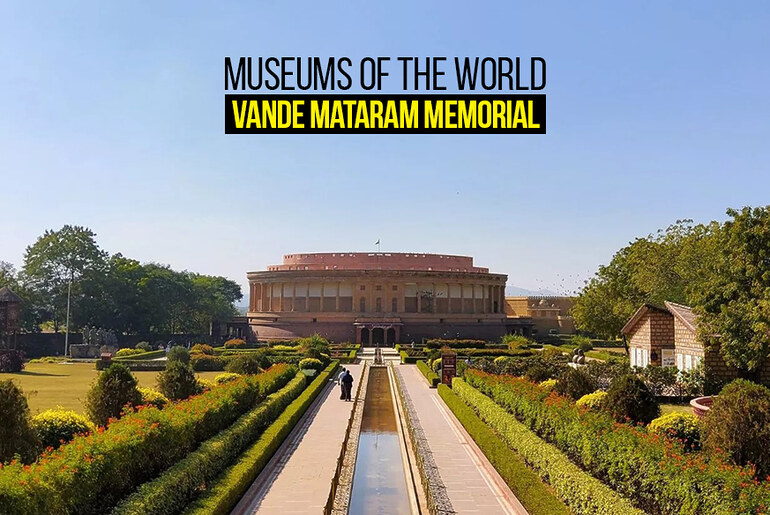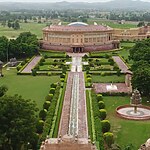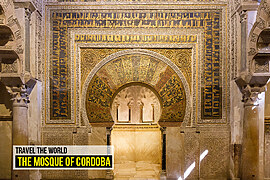You can’t miss the architectural marvel tucked into the buzzing streets of New Delhi. The Vande Mataram Memorial commands attention with its intricate carvings and symbolic flourishes coating the facade. This place proudly wears India’s diverse cultural heritage on its sleeve – a fitting tribute to the multitudes woven into the nation’s long struggle for independence from colonial rule. The grand entrance alone is a showstopper, flanked by looming sculptures and vivid murals that hint at the profound experience lurking inside.
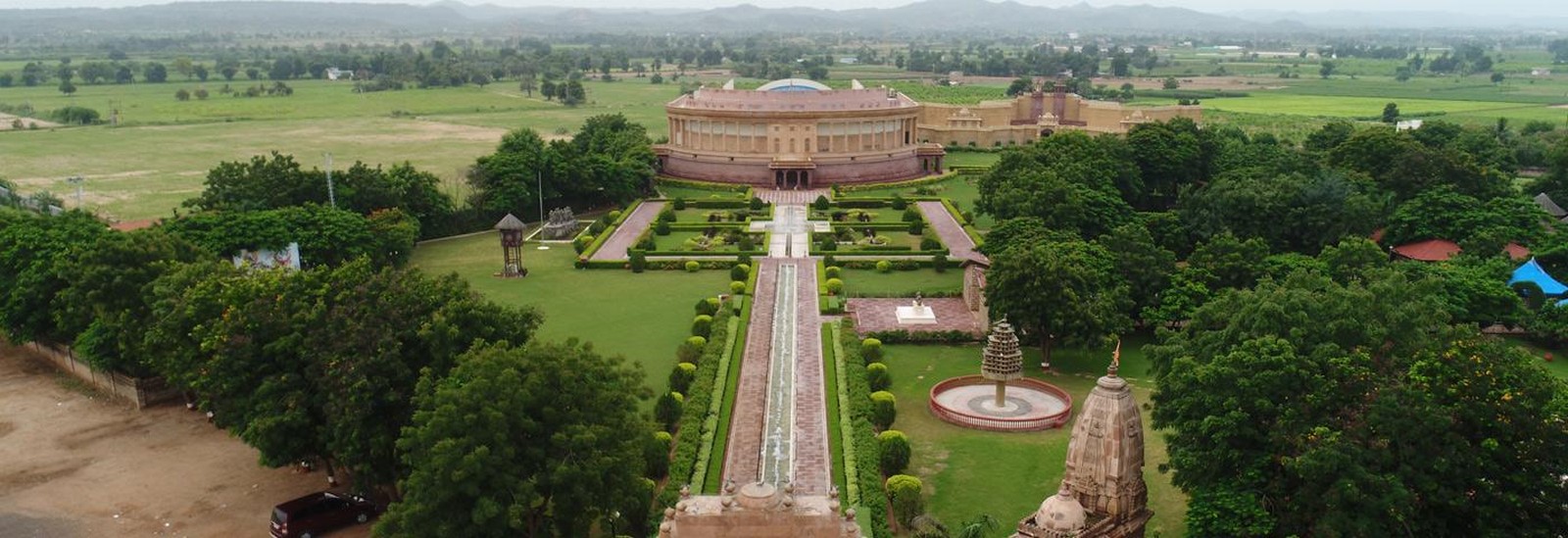
Cross that threshold and boom – you’re swallowed by a cavernous, breathtaking atrium. Vaulted ceilings soar overhead as state-of-the-art exhibits and displays transport you straight to the early rumblings of the Vande Mataram movement. You can practically hear Bankim Chandra Chattopadhyay’s rousing lyrics echoing through the space, that iconic anthem that united people against oppression.
From the atmospheric atrium, a series of winding galleries unfurl like chapters from an epic novel, guiding you on a visceral journey through India’s freedom saga. Each new area immerses you deeper into the uprisings, the non-violent resistance, and the fierce ideological battles that everyone culminated in that glory of 1947. It`s wildly immersive – you are on foot aspect-by-aspect with the liberty opponents each step of the way.
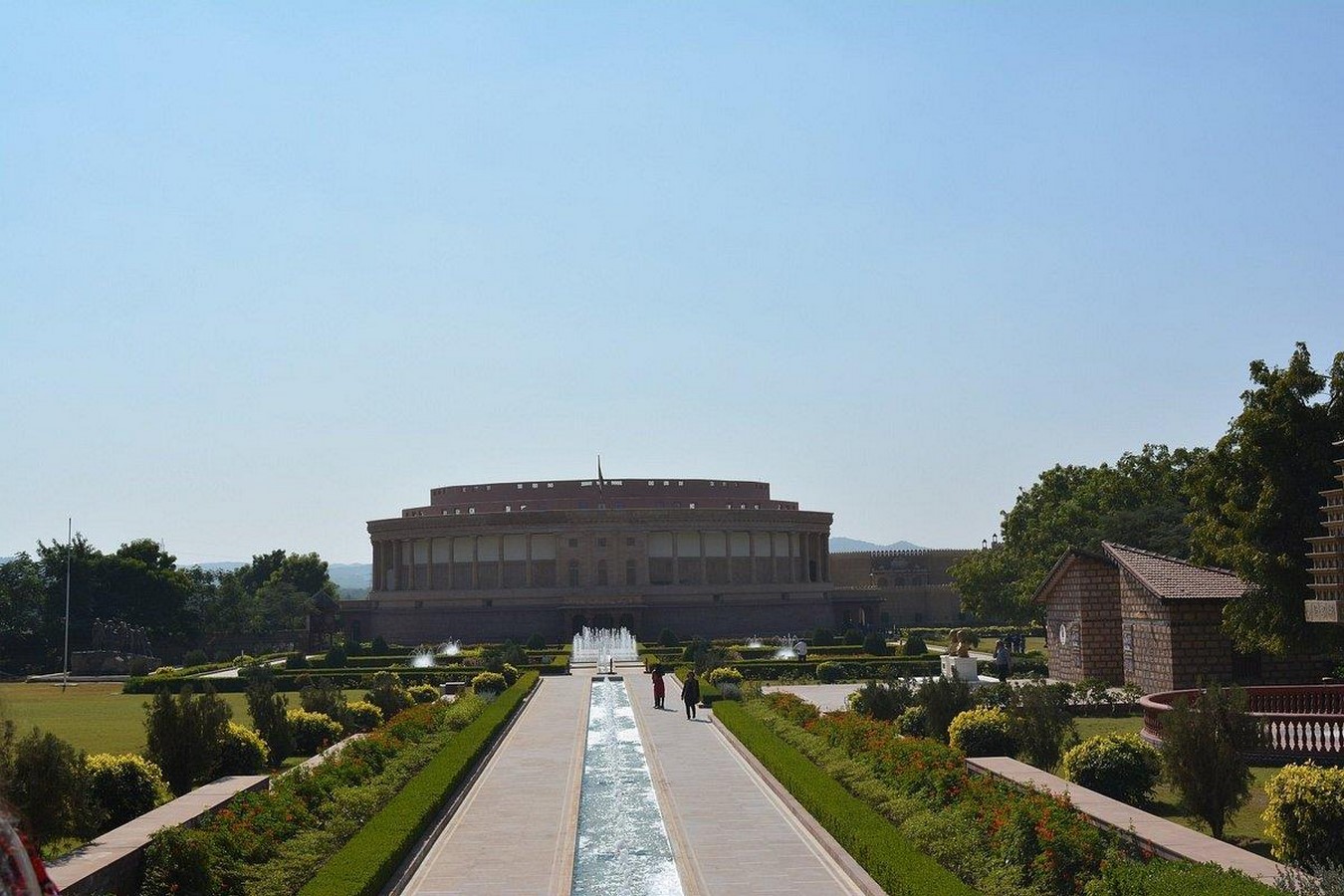
Then there’s the powerhouse “Gallery of Heroes” that leaves visitors visibly moved. Gigantic statues and striking murals bring legends like Gandhi, Bhagat Singh and so many unsung revolutionaries to vivid life. The intense expressions and body language etch into your mind the unwavering determination that drove these figures to sacrifice everything for their nation’s liberty.
But the memorial is so much more than just artifacts under glass. It has wholeheartedly embraced cutting-edge technology to make history quite literally jump off the walls. Interactive exhibits, mind-bending augmented reality, astonishing visualizations – it all coalesces to forge a visceral connection to the struggles of the past.
For the truly history-obsessed, the museum houses a vast archive overflowing with original documents, photographs, and personal accounts from the era. It’s an absolute treasure trove for geeking out over the nuances and complexities that defined India’s freedom movement.
While the main exhibits at the Vande Mataram Memorial are powerful on their own, the curators took things a step further by seamlessly weaving in intensely personal stories that humanize the entire freedom struggle. One gallery is dedicated solely to real first-hand accounts from ordinary citizens caught up in the tumult of those turbulent times.
As visitors absorb faded letters and diary entries, they gain raw, unfiltered insight into the day-to-day fears, hopes, and acts of quiet resistance by common people simply yearning to live with basic dignity under their governance. They read about defiant farmers refusing to pay the British exorbitant taxes. Mothers risking brutal beatings to join protest marches, children in tow. Reckless teens distributed underground pamphlets that stoked rebellious flames. These voices transport visitors right into the living rooms, markets, and village squares where India’s fight for total independence was unfolding.
Another deeply moving section utilizes incredibly lifelike holograms to recreate intimate scenes from the revolutionaries’ own lives. One moment, visitors witness Bhagat Singh’s jaw-dropping poise as he defends his beliefs in a British courtroom. The next, they’re flies on the wall as Gandhi and his wife Kasturba share a tender exchange while imprisoned. Rani Lakshmibai‘s private anguish as she embraces her son before riding into battle against the East India Company is gut-wrenching.
These are the deeply human sides of legendary figures typically reduced to dry facts in history texts. But seeing their fears loves, and unwavering conviction to sacrifice everything for the motherland forges a profound connection to the struggle itself. The freedom fighters’ fraying letters, fading photographs, hushed whispers to loved ones as the world burned around them – it all breathes vivid life into the remarkable resilience and burning ambition that fueled their ultimate victory over oppression.
Visitors simply cannot walk away from these intensely personal exhibits without finding shreds of themselves reflected in the extraordinary courage on display. The entire arduous fight for liberty transcends eras and circumstances in a powerfully moving way. It’s an intimately human look at history that leaves visitors with a bone-deep appreciation for the triumph over tyranny.
Here’s where the Vande Mataram Memorial gets cool though: it’s just as much about sparking dialogue on modern issues as preserving the past. A calendar packed with temporary exhibitions, talks, and workshops – it’s a buzzing hub for discussion, constantly drawing those parallels between the battles of yesteryear and today’s fights for justice and equality.
Walking those hallowed spaces, you can’t help but be struck by the resilience and unbreakable willpower that fueled India’s freedom fighters through unimaginable adversity. Their stories seem to echo off the very walls, surrounding you with reminders of the power of people uniting for a common cause.
More than anything though, the Vande Mataram Memorial instills an intense sense of pride and reverence for India’s rich, complexly woven heritage. Visitors emerge with a profound appreciation for the precious liberties that were earned through blood, sweat, and tears, as well as a commitment to upholding the values of justice, unity, and freedom that defined the struggle.
In this period wherein shielding cultural legacies is paramount, the Vande Mataram Memorial sticks out as an inspirational beacon. It honors the hard-received triumphs of the beyond whilst igniting a hearthplace below the subsequent technology to forge an excellent brighter future. Anyone fortunate sufficient to revel in this vicinity will go away with an indelible imprint – a sanctuary making sure the sacrifices of India`s freedom combatants in no way fade from the world’s consciousness.
Citations:
- Ashapura (no date) By Ashapura, Vande Mataram Memorial. Available at: https://vmm.ashapura.com/ (Accessed: April 2024).


